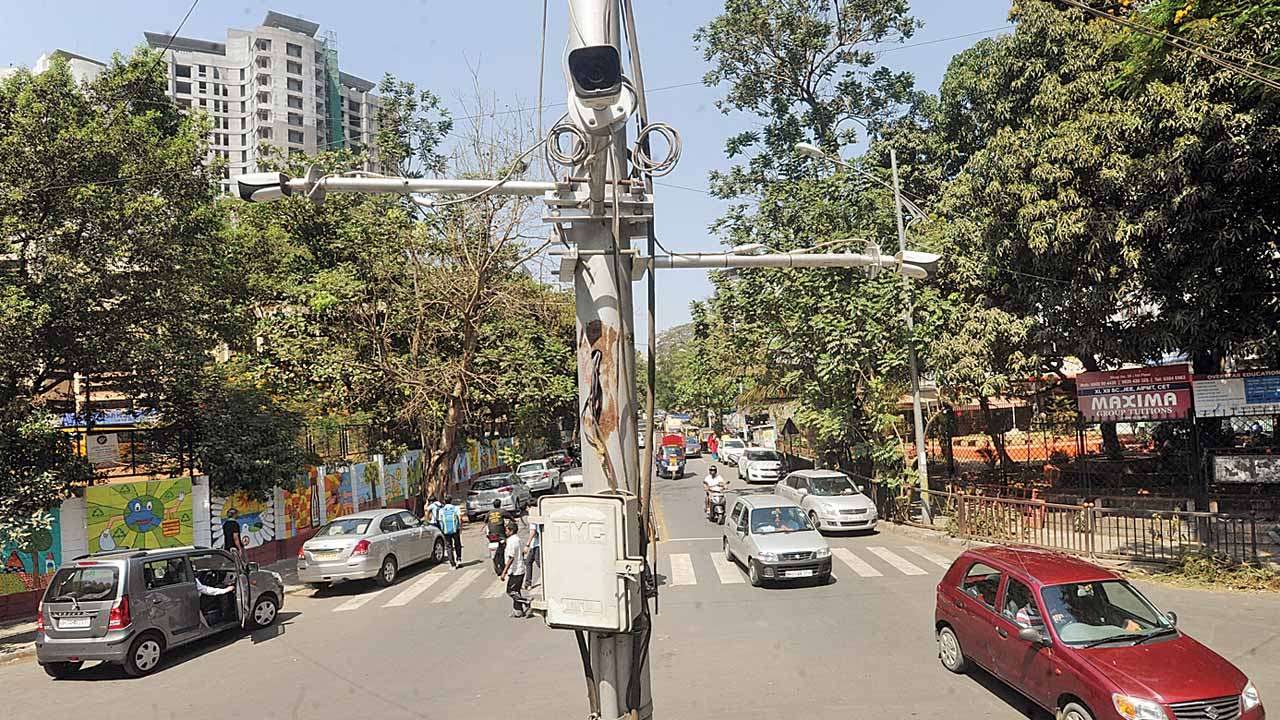
A couple of weeks ago, the RWA of our building society sent chest thumping e-mails to residents about how the number of CCTV cameras in the residential complex had been increased to 100. Every nook and cranny had been covered, they gloated. All lifts, every corner of the basement, the park where the children play, the club house where social activities happen. A large screen would relay the images to the main gate where the guards sat in a room regulating the entry of vehicles. Another relay would be to a sort of command centre in the basement, where a man sat all day watching the screen.
I received this news with some dismay. A hundred cameras watching us all the time? Were we at home or a high security prison? The next thing would be to have electric fencing on the compound walls so that no one jumps over or a brusque guard conducting body checks and metal detectors on you before you enter your own home. This information about increased surveillance changed normal behaviour. Every time I entered the lift, I felt the guards were monitoring my movements through the TV. It felt constricting and slightly uncomfortable.
I wondered about the men whose job was to keep staring at the screen all day. How was it safe for a stranger to know the movements of all residents, including young girls who are the most targeted group for sexual predators? As security agencies keep changing in residential buildings, once this set of guards left they would carry with them a lot of sensitive information about who leaves home how many times and when. Given the lax background checks that security agencies do before recruiting employees, this considerably increases the vulnerability of residents.
So, it was not clear whether increasing CCTV cameras had any real benefits or worsened the security in the building. And then, a few days later, I read a news report about a 11-year-old girl raped by a neighbour in the basement of a residential complex in Gurgaon. The young man who was the culprit fled and the police was stymied because the building had not set up any cameras in the basement, so there was no record of the crime to help the investigation.
It makes one wonder how much surveillance is enough. How many CCTV cameras do we need to feel safe? Would more cameras actually prevent crime?
There are two purposes to installing a closed circuit television system. One is to have recorded evidence to help in investigation if a crime is committed. The second is to deter potential criminals who would be wary of the fact that cameras are watching them. Studies in the West show that in public places, CCTV cameras have had negligible effect in preventing crimes. As some areas are more monitored than others, street crimes move to a place where there is less surveillance. Sometimes criminals don’t realise that there is a camera; they commit the crime and eventually get caught. Some hardcore criminals who feel sure they can get away, anyway commit the crime and flee. Hence, the effectiveness of the CCTV network as a deterrent is highly suspect. Its usefulness in presenting post-crime evidence is much better; several cases have been solved with CCTV footage providing the key.
A relevant question we need to ponder about collectively is why are we facing the need for so much surveillance. CCTV cameras were not ubiquitous, even about 20 years ago. But now there is very little public space where we are not watched — malls, bus stops, any building, whether it is official or residential. As a witty hoarding on Delhi’s bus stops says to indicate the presence of cameras on top of the bus shelter: “Upar wala dekh raha hai”. Not only is it always watching, it is also omnipresent. However, the one thing that it is meant to do — reduce crime — has not happened. The National Crime Records show an increase in crime between 2014-15 and 2015-16, with some states showing 10 per cent year-on-year growth.
The answer may lie in the way our cities are growing. With immense pressure in India’s cities on scarce resources, there is fierce competition within the population for water, electricity and land. This has a direct correlation with the number of crime cases as frustration grows in the ranks of the “have-nots”. The middle class cocoons itself into gated communities and then attempts to protect itself by erecting high walls and a thousand cameras. The most ridiculous manifestation of our CCTV-ridden existence was a website I came across recently called www.insecam.org where anyone can watch for free live CCTV footage from various parts of the world, India included. There’s a Noida kitchen, a bank counter in Mumbai, a reception desk in Coimbatore all of whom have enlisted with this website. It’s baffling why anyone will want to watch live streaming of such dull places. The guard in our building command center has a lot of company around the world.
The writer is the author of the book Urban Villager: Life in an Indian satellite town. Views expressed are personal.